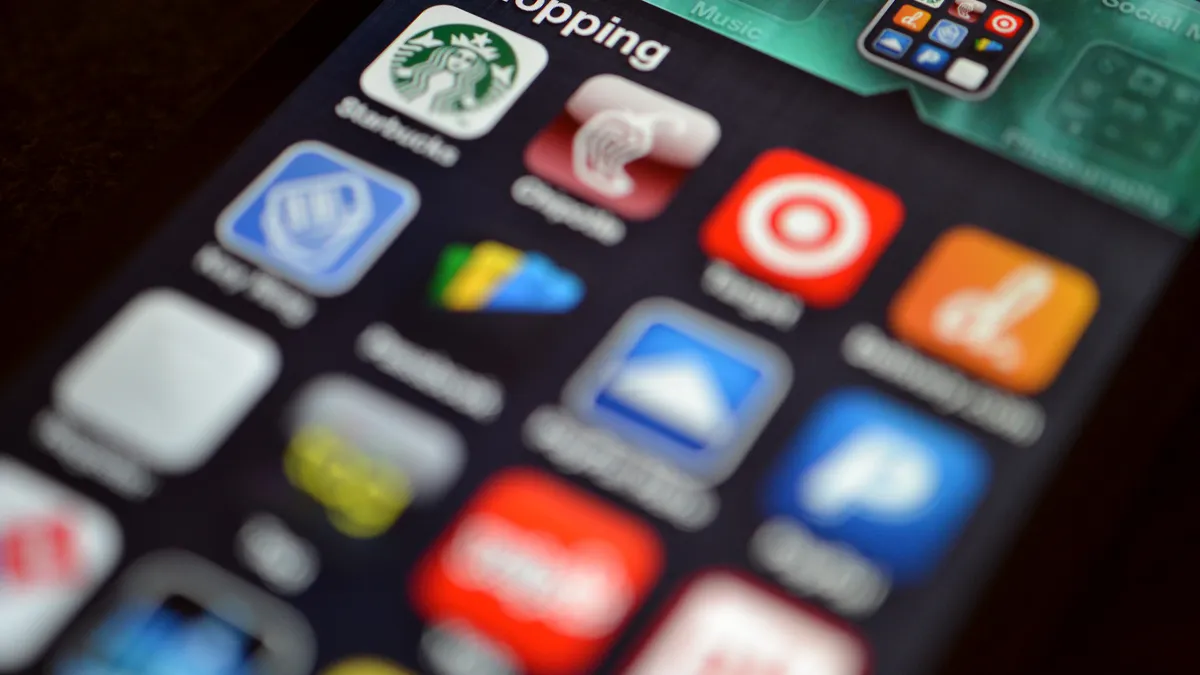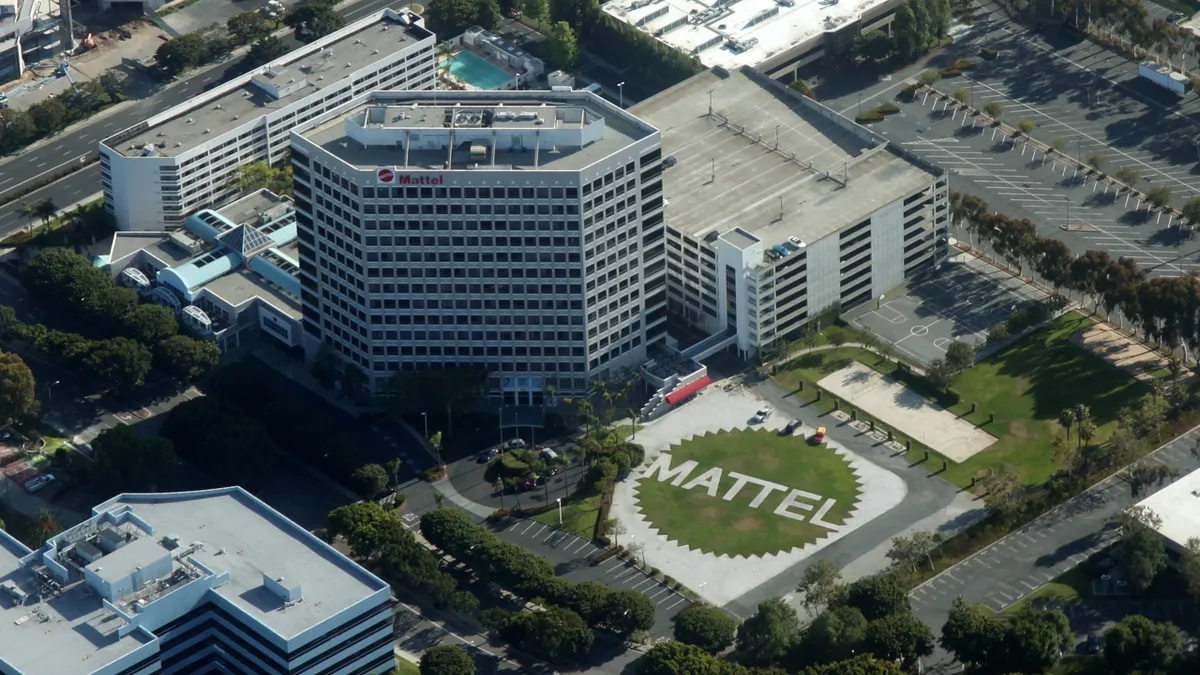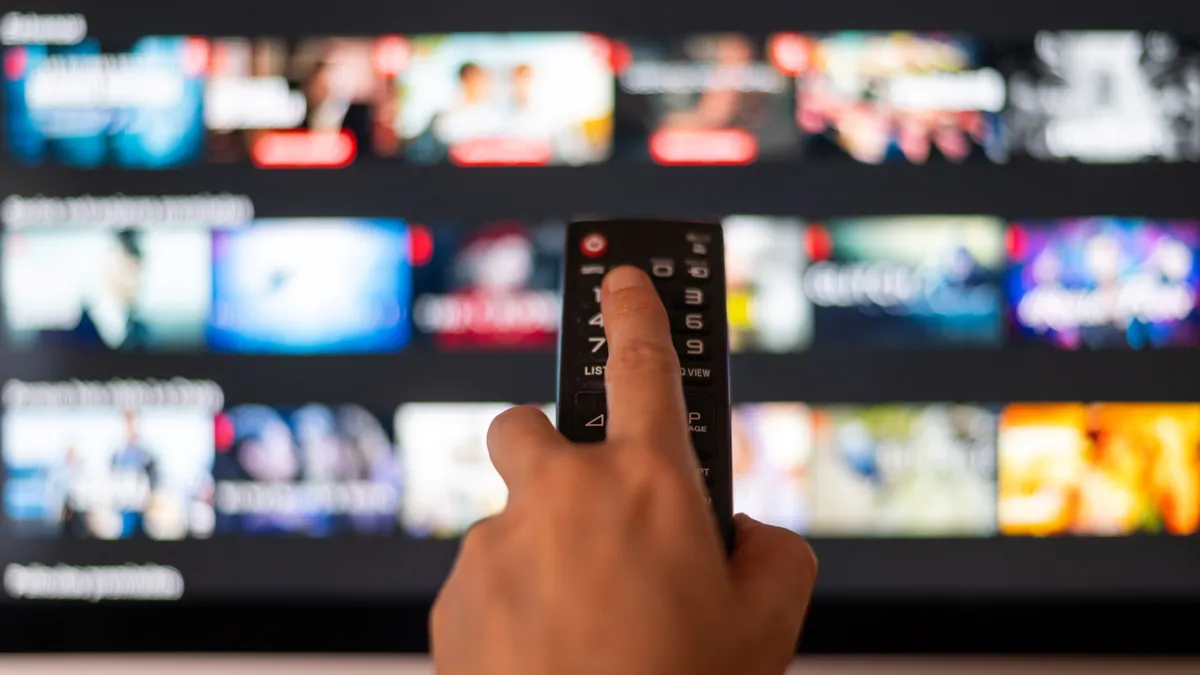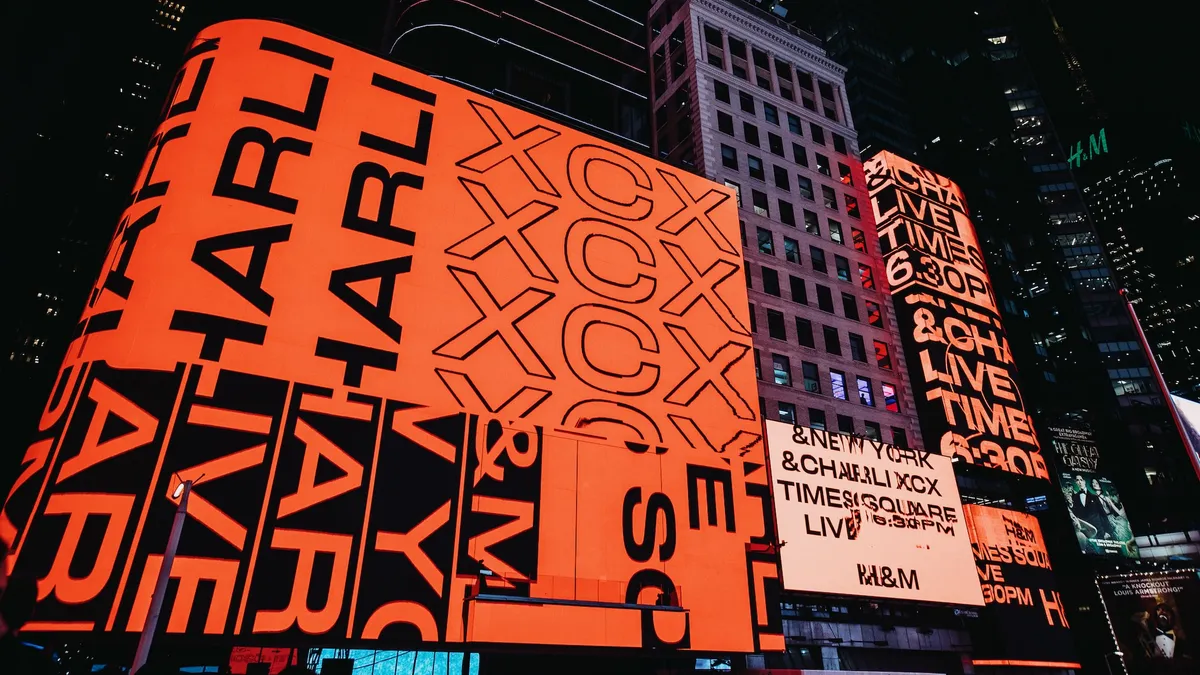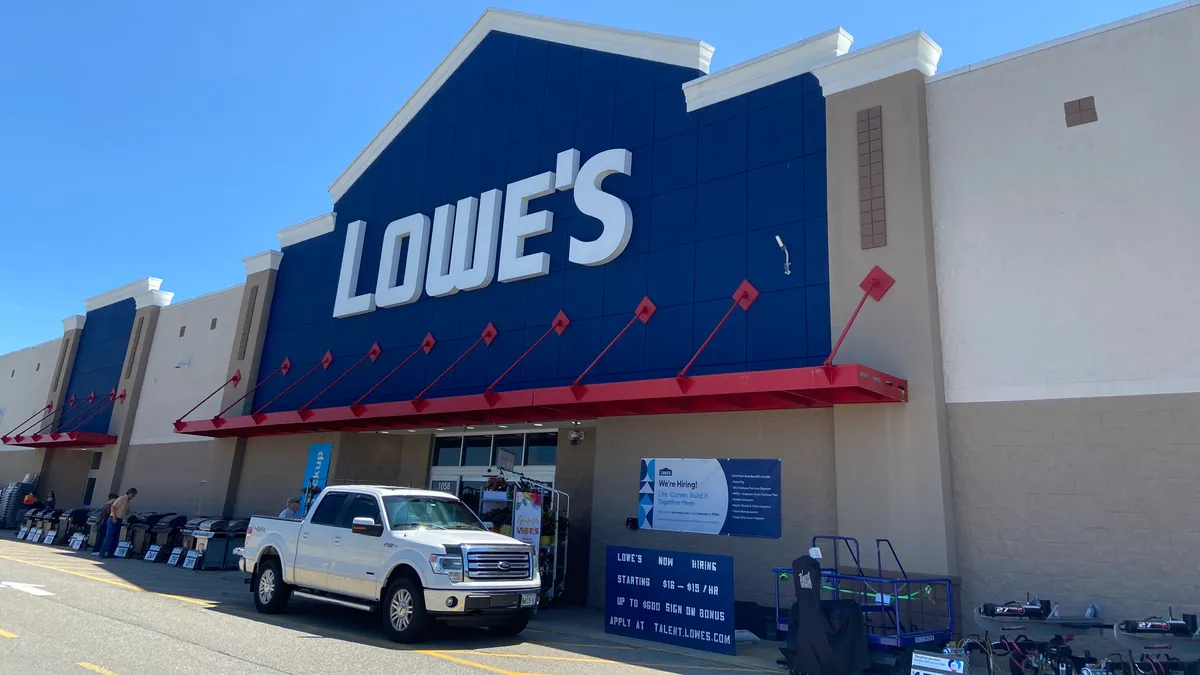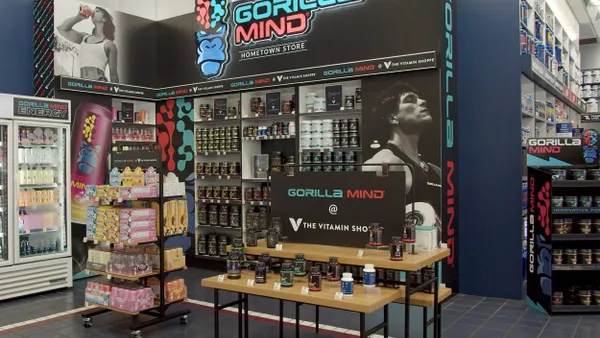Retail sales achieved through mobile devices are projected to nearly double to $280 billion worldwide this year, and native apps are helping drive that growth. Seen as a way for retailers to streamline service and engage customers in a focused way, native apps are helping circumvent pitfalls of the mobile web.
But retailers’ native apps face an uphill battle: It turns out there’s a limit to the number of apps a consumer will use. On average, according to Forrester Research, smartphone users spend 85% of the time on their phones using native apps, but the majority of that time is dedicated to just five apps—and breaking into that top five is a challenge for any app dedicated to a single brand.
Communication and social apps account for 21% of U.S. smartphone minutes, Forrester says, with Facebook accounting for 13% of app time and messaging apps such as WhatsApp using 4.8%. In comparison, shopping apps take up 5% of U.S. smartphone minutes, and only Amazon (3%) and eBay (1%) charted.
Here we explore the appeal of mobile shopping apps, and how retailers can use them to build loyalty with users.
Finding the motivation for mobile
A recent survey from Forbes and Stanford University says that nearly half (47%) of millennials have downloaded a mobile shopping app. Marketplace and multiple-brand apps such as Amazon, eBay, Etsy, and Wanelo proved popular among all age groups, with Forever 21 the only retail brand-specific app to achieve top scores among millennials.
Improved user experience appears to be the key for apps. More than half (54%) of millennials said they downloaded a native shopping app because it provided a better experience than a mobile website could deliver.
A few retailers today are showcasing how brand-specific apps can engage users. Forever 21's success seems to be a combination of targeting a mobile-ready demographic and delivering value. The easy-to-use app shows off affordable looks and offers in-store exclusives. Barney's native iPad app includes a complete catalog, videos, personalized recommendations, interviews and additional content, as well the option to book an in-store appointment with a personal shopper.
Target’s “In a Snap” app won kudos for enabling click-through shopping from Target ads appearing in magazines, outdoor placements, in-store signage, mailers, and weekly ads. The company says it realized it had a hit when a college-aged product tester said the app was “brilliant. I would totally use it, would totally talk about it. It’s really different. This would take a fraction of the time compared to search and buy.”
Only half as many (27%) respondents in the Forbes/Stanford survey cited discounts or a lower price as the primary incentive to download a native app. Nonetheless, Groupon made older millennials’ list of top downloads, and RetailMeNot’s app just took the People’s Voice Webby Award for the year’s best shopping app.
Improving upon the app
While they don’t represent a huge portion of mindshare yet, apps' effectiveness may lie mostly in building brand fans. They do this by delivering specialized content, added engagement, notifications, and special incentives such as app-only deals and rewards. Some shopping apps are better at creating fans than others, according to a 2014 report from Pivotal Labs.
"Apps today play a vital role in creating rich, personalized or in-store customer experiences," Amar Varma, general manager of mobile at Pivotal Labs, told Internet Retailer. "We are beginning to see that effective mobile retail solutions boost business and strengthen a retailer’s brand, while retailers with less effective mobile strategies are putting both their business and brands at risk.”
On Apple's iOS, consumers’ top-rated apps included Fanatics Inc., Amazon.com, Groupon, Joss & Main, Home Depot Pro, Walgreens, and RueLaLa. On the Android OS, Fanatics, Groupon, Amazon, Wal-Mart, RueLaLa, Hollister, Walgreens, Best Buy, HSN, Office Depot, and Victoria’s Secret excelled.
The Walgreens app, for example, concentrates on speed and value with a deal-finder and a refill-reminder function. Wal-Mart and Amazon apps concentrate on making the mobile experience smooth across platforms, saving customer information for easy checkout.
Push vs. pull
In the near future, “pull” functions that require the user to pick up his or her smartphone and punch up the app may start to decline in favor of push technologies and notifications, Drupal founder Dries Buytaert told ReadWrite. “The Web will disappear into the background, much like our electricity or water supply."
The native app’s original justification—to provide a seamless experience without worrying about bandwidth—may also be on its way out. “We are approaching the post-bandwidth era where we are not constantly limited by the capabilities of our connections,” Mark Johnson, CTO and vice president for architecture at the broadband provider MCNC told The CheatSheet.
But for the next few years at least, native shopping apps will be able to help retailers expand their reach, services, and sales without dragging shoppers to the mobile web—as long as they’re done well.


